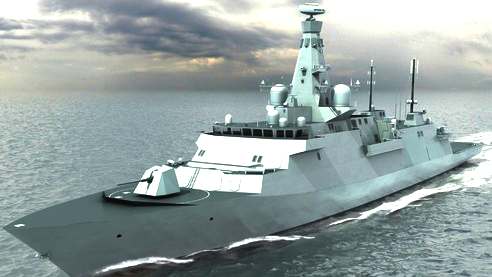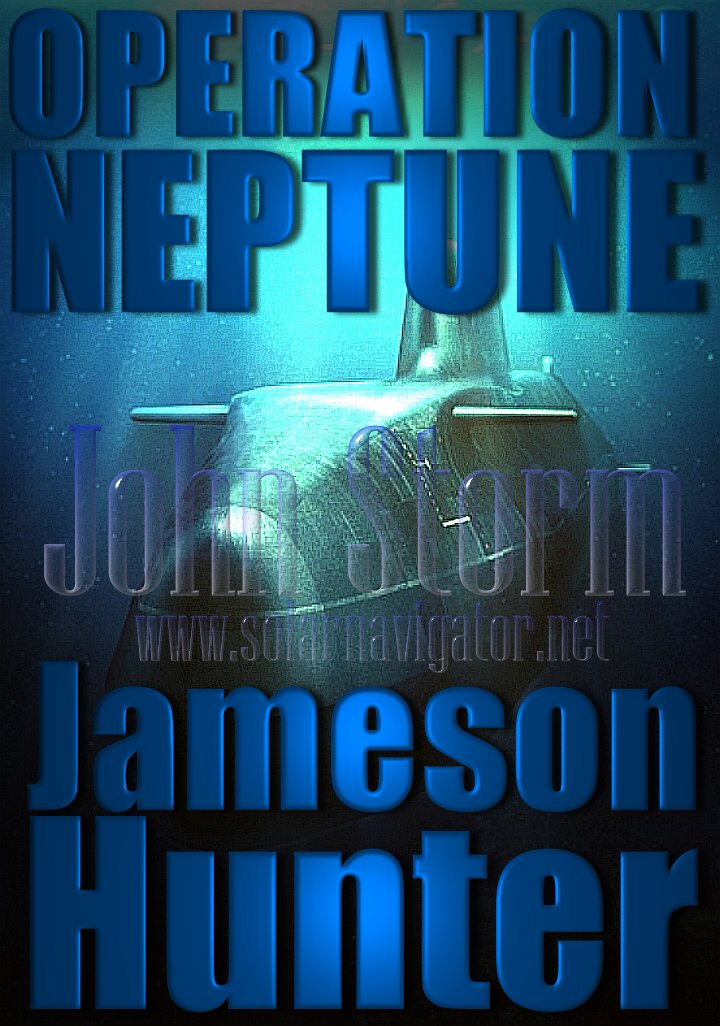|
GLOBAL COMBAT SHIP - Type 26 Frigate
|
|
|
The Global Combat Ship (GCS)
is also known as the Type 26 Global Combat Ship and sometimes referred to simply as the Type 26, is a ship design and construction programme currently under way by the Ministry of Defence of the United Kingdom. It will replace the thirteen Type 23 frigates of the Royal Navy and export orders are being sought.
The Assessment Phase for the Type 26 programme began in March 2010, with a joint team of 550 engineers from BAE Systems, Ministry of Defence and wider industry working across Bristol, Portsmouth and Glasgow to develop the detailed specification for the ships. The Ministry of Defence is expected to make its Main Investment decision around the middle of the decade, with manufacturing planned to start in 2016 and the first Type 26 set to enter service as soon as possible after 2020. The planning assumption is for a Class of 13 anti-submarine warfare and general purpose ships to replace the capability of the UK Royal Navy's Type 23 frigates with enhanced, flexible modern warships.
The Design Development Agreements with
Rolls-Royce, MTU, David Brown Gear Systems and Rohde & Schwarz cover propulsion and communications equipment for the ship design.
Geoff Searle, Type 26 Global Combat Ship Programme Director at BAE
Systems, said: “Confirming our first major equipment design partners is a huge step forward and reflects the maturity we have achieved in the ship's design. We are working closely with the Ministry of Defence and our suppliers, bringing expertise together from across industry and we are now at the stage of developing detailed design of systems and equipment that will go into the ships.
REPLACEMENTS
SPECIFICATIONS
BAE's original working baseline for the Type 26 design was a vessel of 141 metres long with a displacement of 6,850 tonnes and an "in service date" of 2021. On 30 November 2010 it was reported that the specifications had been pared to reduce the cost from £500M to £250-350M per ship. By May 2011 new specification details began to emerge of a smaller 5,400 tonne ship emphasising flexibility and modularity like the German Blohm + Voss GmbH MEKO
designs. The new design has a length of 148 metres, a beam of 19 metres and a top speed in excess of 28 knots (52 km/h). Type 26 will have a crew of 118 with room for 72 embarked troops. Type 26 is designed for up-to 60 days' endurance and a range of approximately 7,000 nautical miles (13,000 km) at 15 knots (28 km/h).
AFFORDABILITY
Given
the low unit cost of the robot/drone competitors now a viable
alternative, one wonders what the future holds in store for a warship that
has such a limited operational window, before ZCCs come on line.
DINOSAURS
Traditional manned warships are outdated combat weapons that superpowers like to parade about the ocean to demonstrate affluence, in the process polluting the planet massively. The Type 26 frigate is no exception - where human lives will be lost in an engagement against unmanned drones operating in formation as per the SeaNet system. The class of warship has its uses but compared with robot battleships, the decision to engage can be given in situations where manned craft could not be entertained. These days it only takes one torpedo, or one cruise missile to sink a large warship. The larger the conventional warship the more staggering the loss of life - and the blow to the nation concerned.
LINKS & REFERENCE
http://en.wikipedia.org/wiki/Type_23_frigate http://en.wikipedia.org/wiki/Global_Combat_Ship http://en.wikipedia.org/wiki/USS Nimitz_class_aircraft_carrier http://en.wikipedia.org/wiki/USS_Dwight_D._Eisenhower_%28CVN-69%29 http://en.wikipedia.org/wiki/USS_Enterprise_%28CVN-65%29 http://en.wikipedia.org/wiki/Gerald_R._Ford-class_aircraft_carrier http://en.wikipedia.org/wiki/Chinese_aircraft_carrier_Liaoning http://en.wikipedia.org/wiki/Russia Admiral_Kuznetsov-class_aircraft_carrier http://en.wikipedia.org/wiki/HMS Invincible_class_aircraft_carrier http://en.wikipedia.org/wiki/Clemenceau_class_aircraft_carrier http://en.wikipedia.org/wiki/Spanish_aircraft_carrier_Principe_de_Asturias http://en.wikipedia.org/wiki/Spanish_ship_Juan_Carlos_I_(L61) http://en.wikipedia.org/wiki/Thai HTMS_Chakri_Naruebet http://en.wikipedia.org/wiki/Italian_aircraft_carrier_Cavour_(550) http://en.wikipedia.org/wiki/Japanese Hyuga_class_helicopter_destroyer http://en.wikipedia.org/wiki/S Korea Dokdo-class_amphibious_assault_ship http://en.wikipedia.org/wiki/Indian Vikrant-class_aircraft_carrier
SUBMARINE INDEX
Alvin DSV - Woods Hole Oceanographic Institution HMS Astute 1st of Class HMS Vanguard- Trident INS Sindhurakshak - explosion & sinking Lusitania - Torpedo attack Nuclear submarines lost at sea Predator - Covert submarine hunter/killer Seawolf - Autonomous wolf pack deployment of Predator mini-subs Torpedoes - UUV anti submarine weapons U20 - Kapitan Leutnant Walther Schwieger USS Bluefish WWI submarine USS Bluefish - Nuclear submarine USS Jimmy Carter - Seawolf class fast attack nuclear submarine USS Nautilus - 1st nuclear submarine & subsea north pole passage USS Scorpion - Lost with all hands
AIRCRAFT CARRIER INDEX
Cavour - Italy Chakri Naruebet - Thailand Clemenceau - France Dokdo - Republic Korea Gerald Ford Class - USA Hyuga - Japan Invincible - UK Kuznetsov - Russia Liaoning - China Nimitz - USA Principe de Asturias - Spain Queen Elizabeth - UK Vikrant Class - India
WARSHIPS
Bismarck - Battleship - Germany Type 23 - Duke class frigate - UK Type 26 - Global combat ship - UK Type 45 - Daring class destroyer - UK Electric prototype - USA Zumwalt - Class destroyer - USA
PATENT PENDING - The Bluefish™ platform in a modified form is suitable for adaptation to a robotic battleship as a replacement to the Type 45 destroyers and Type 26 combat vessel. The Wolverine ZCC™ in its ultimate form may carry 4 x Tomahawks, 30 x SAMs, 2 x 12.75" and 2 x 21" torpedoes + an ROV or minisub. Not bad for a 50 ton battleship that needs no (or vastly reduced) crew and runs on clean energy from nature. A zoned network of these ships can police international waters in formation, attack and sink enemy warships and submarines and shoot down aircraft that present a potential threat to national security. The development of such ships represents an opportunity for future exports and defence energy reductions that represent a no-brainer in terms of priority. The concept also lends itself to littoral duties without much modification.
FICTION Operation Neptune - An advanced nuclear submarine is hijacked by environmental extremists intent on stopping pollution from the burning of fossil fuels. The extremists torpedo a number of oil wells as part of a campaign to cause energy chaos, with bigger plans to come. If you enjoyed Under Siege or The Hunt for Red October, this is a must for you.
|
|
|
This website is Copyright © 2014 Bluebird Marine Systems Limited. The names Bluebird™, Bluefish™, Solar Navigator™,Blueplanet Ecostar BE3™, Utopia Tristar™ and the blue bird and fish in flight logos are trademarks. All other trademarks are hereby acknowledged.
|


